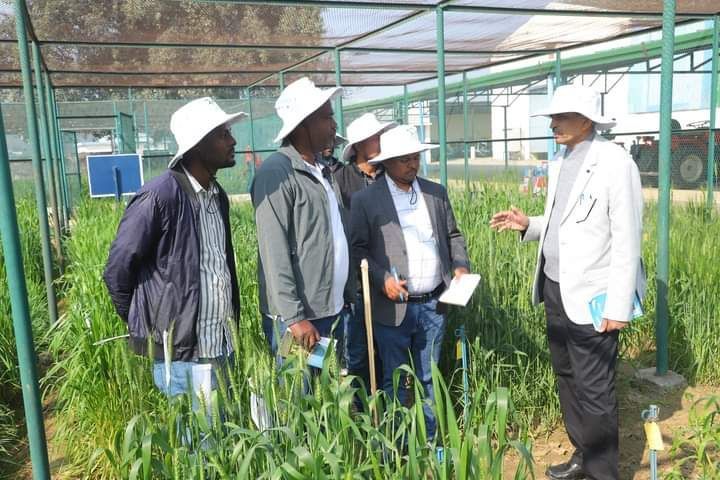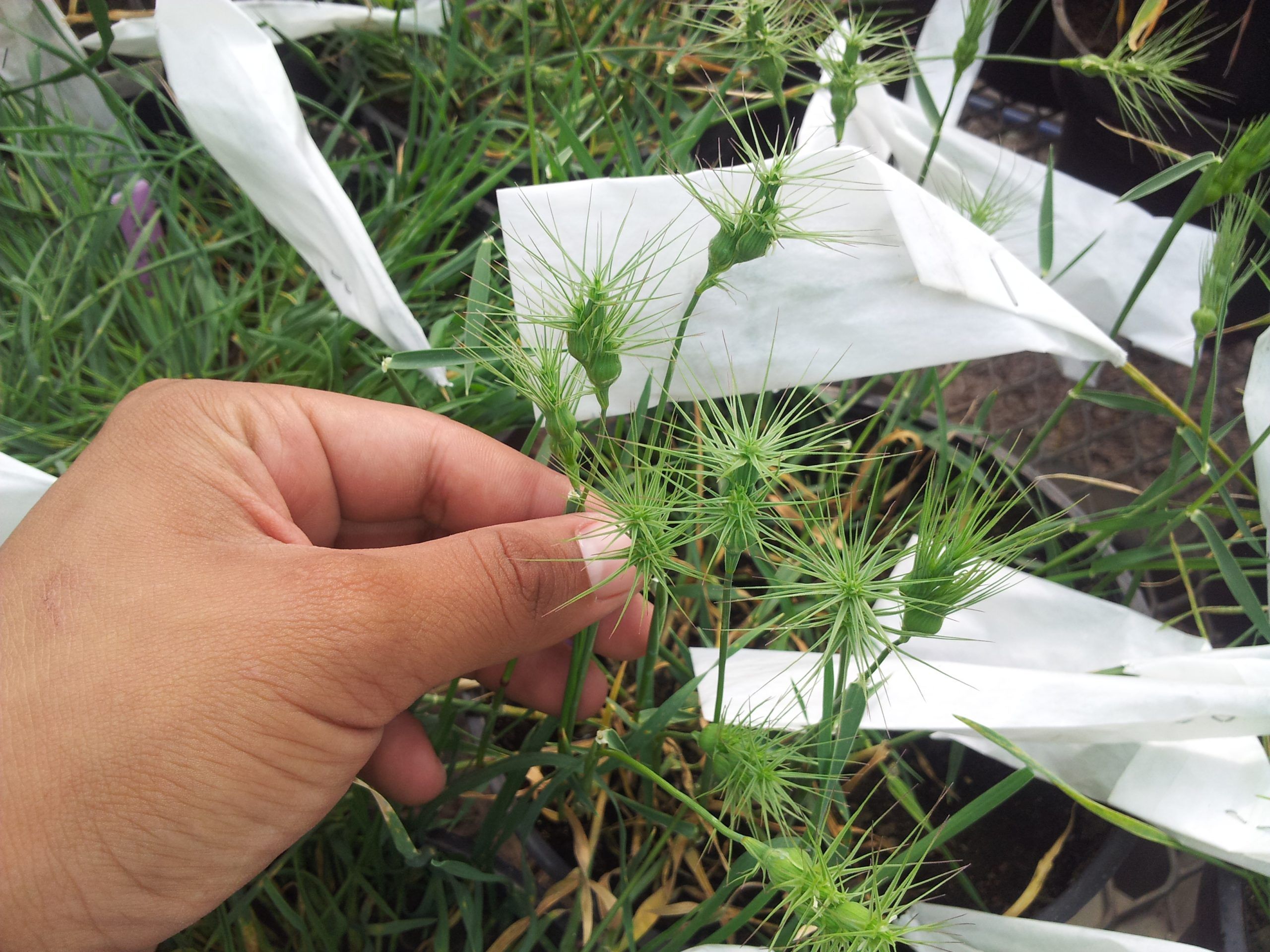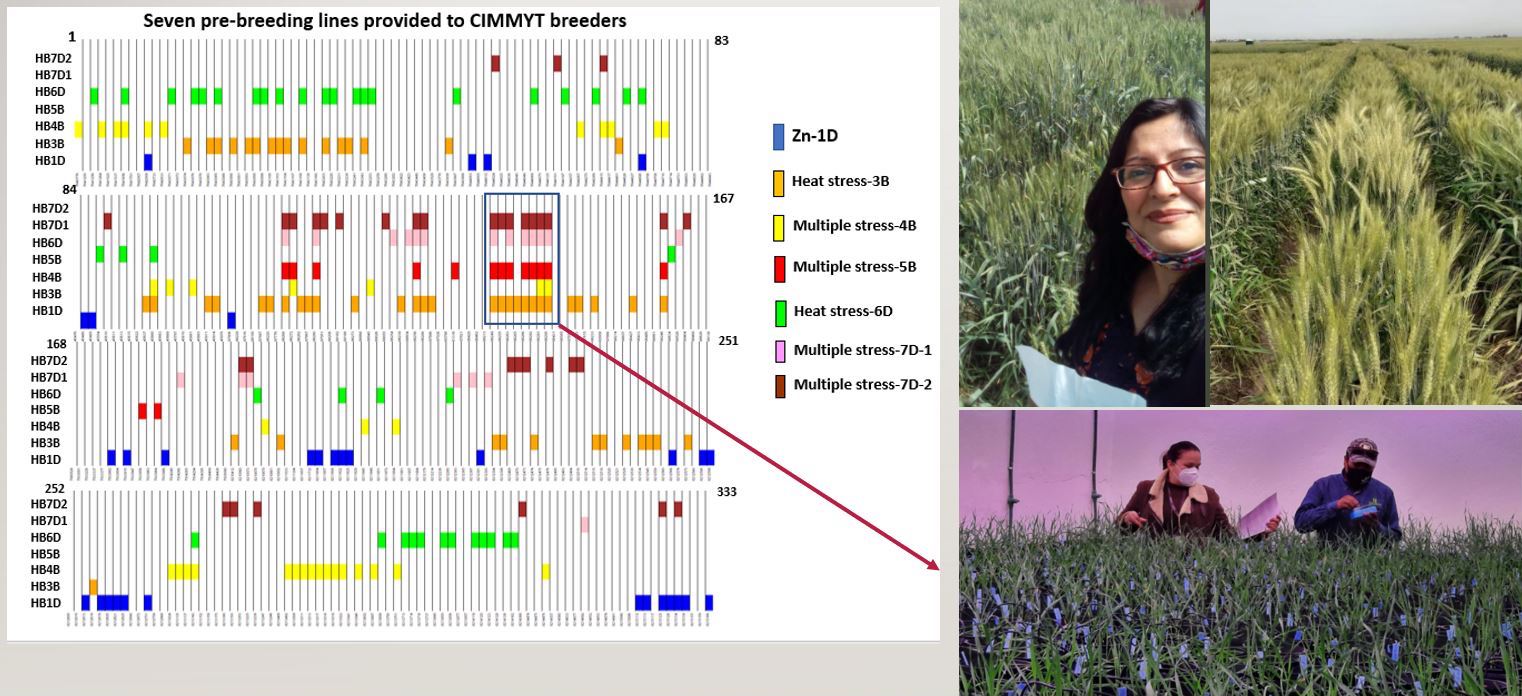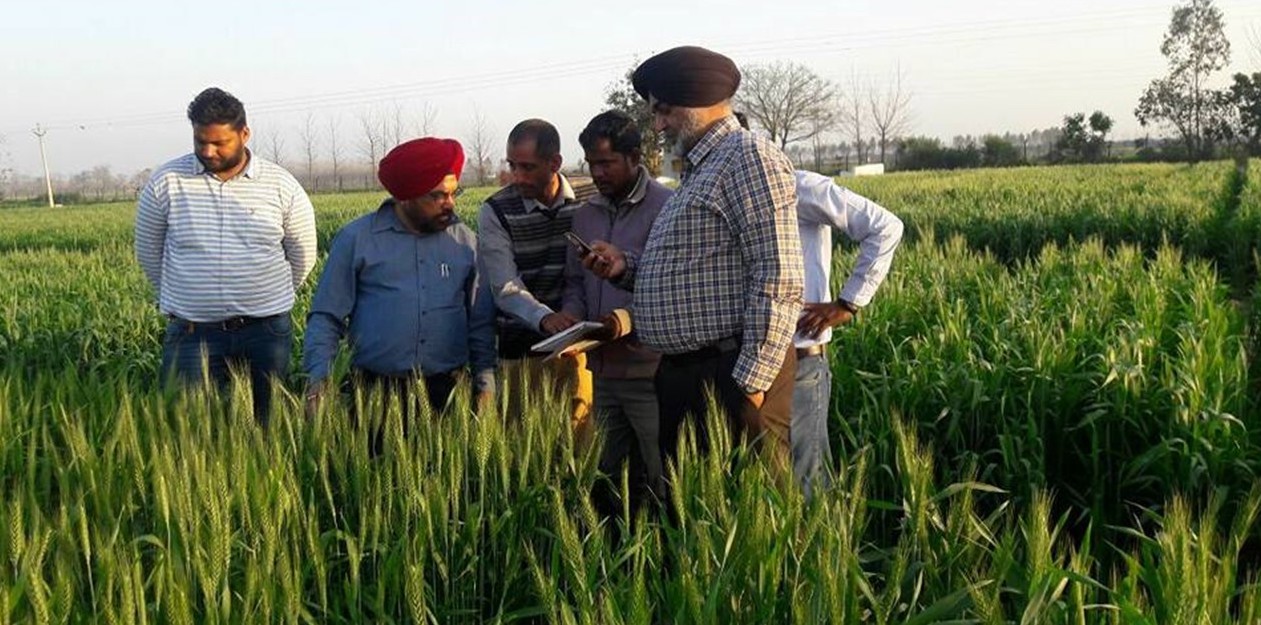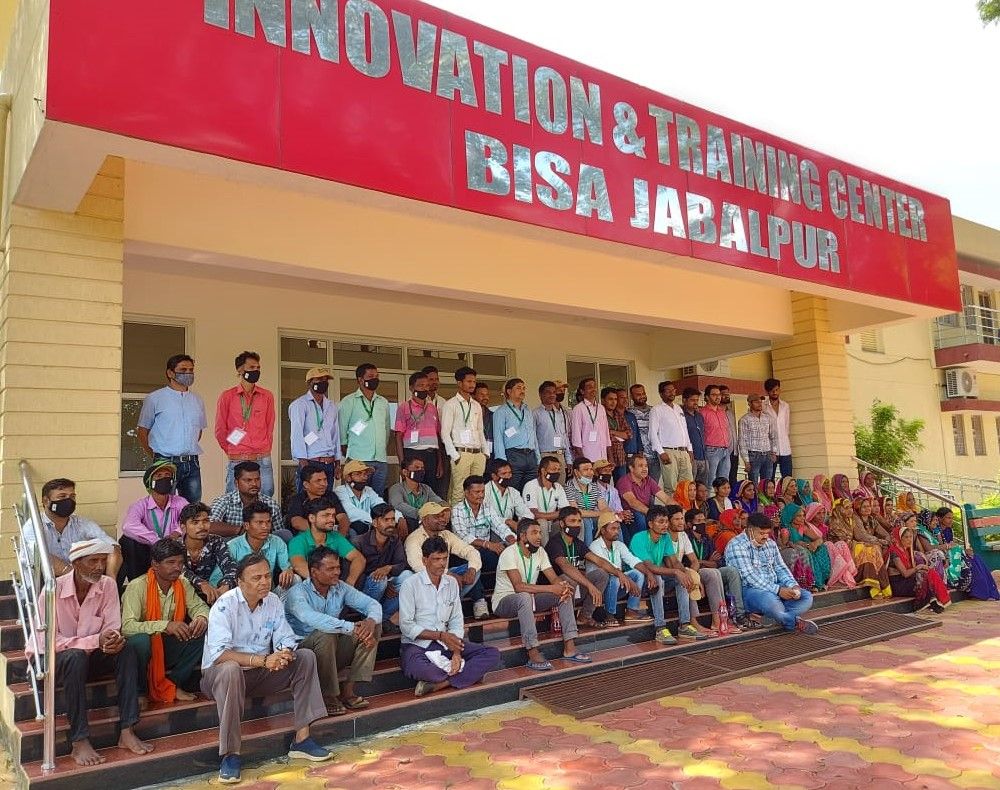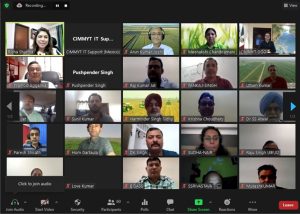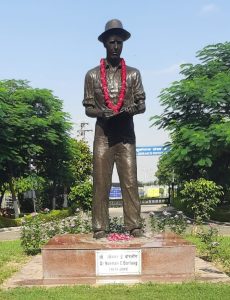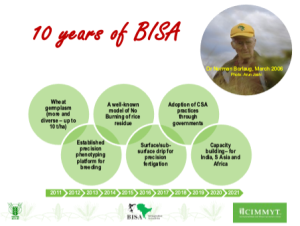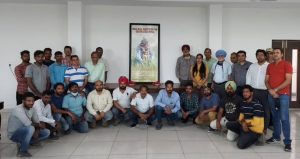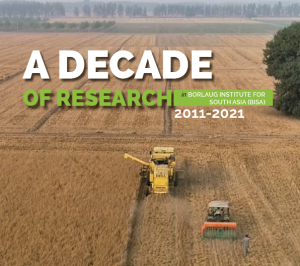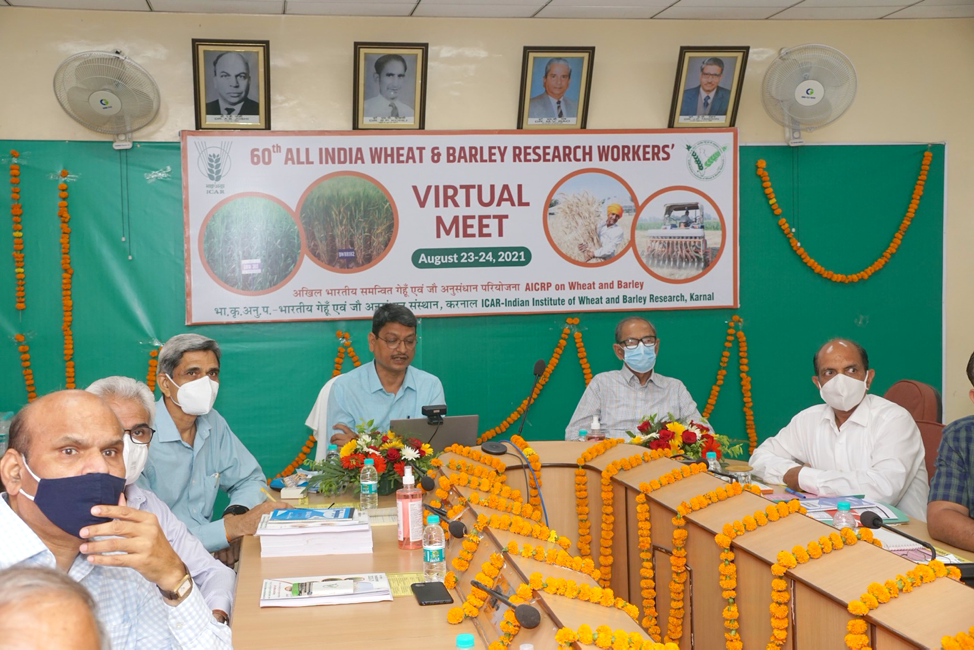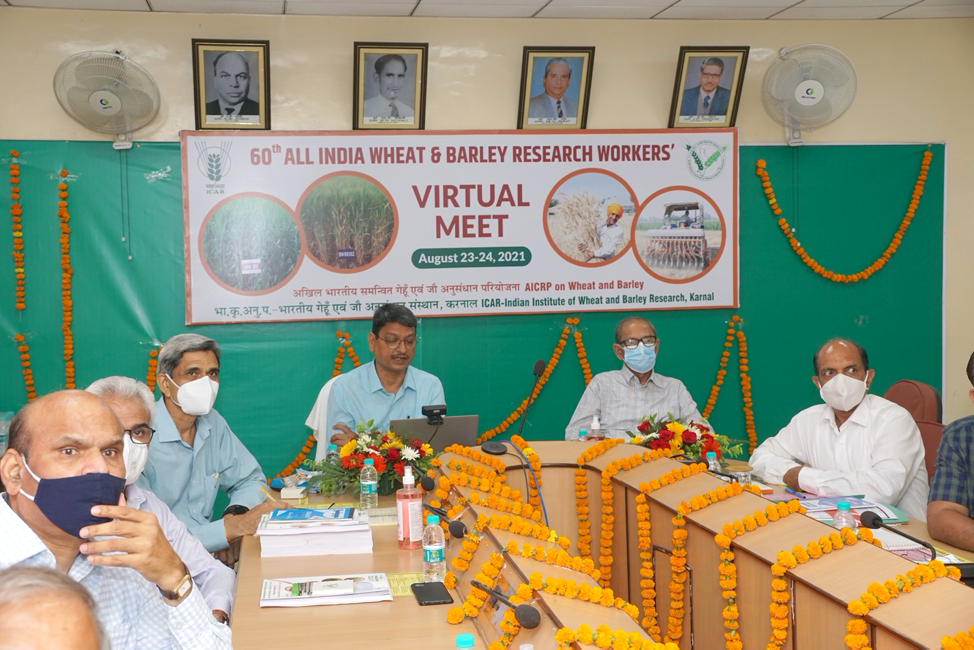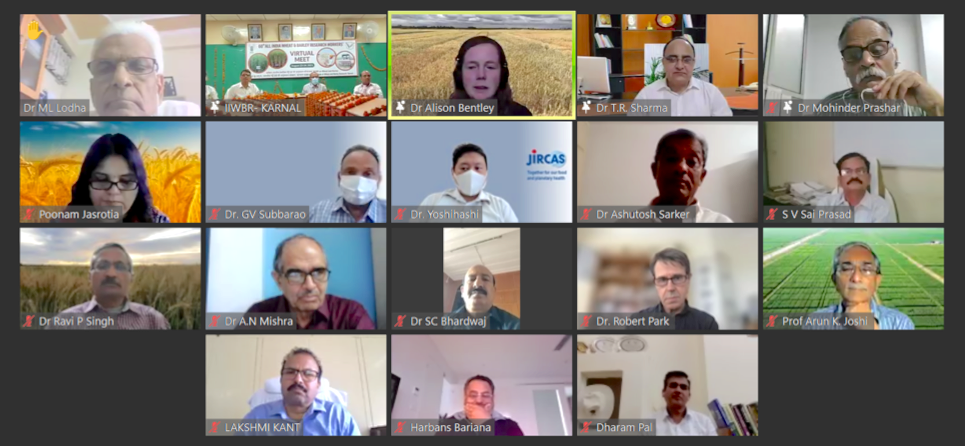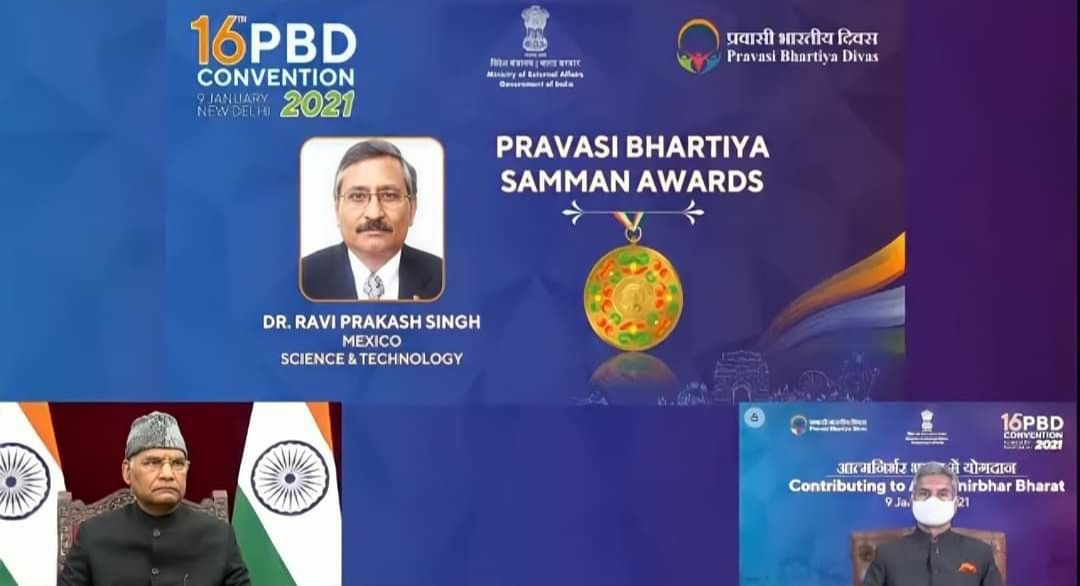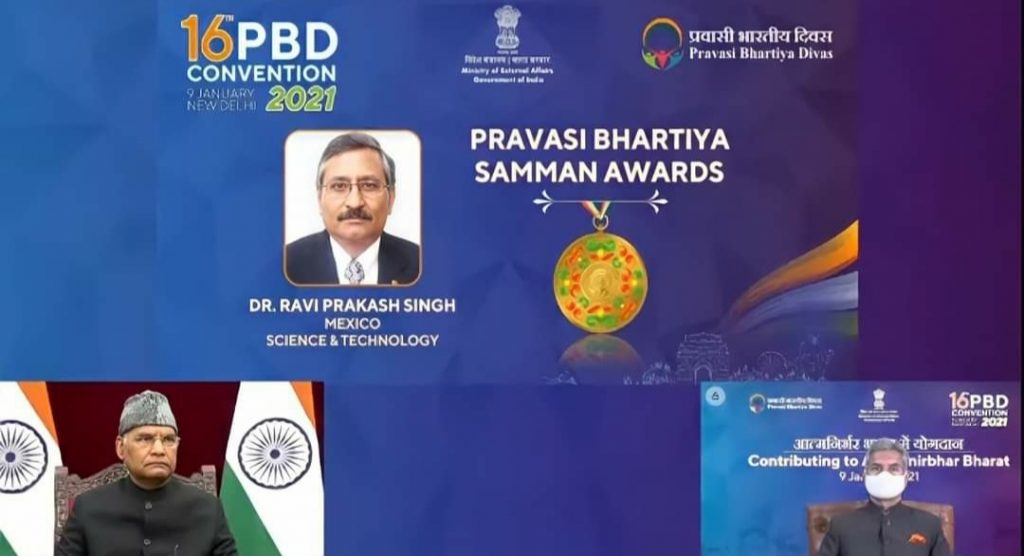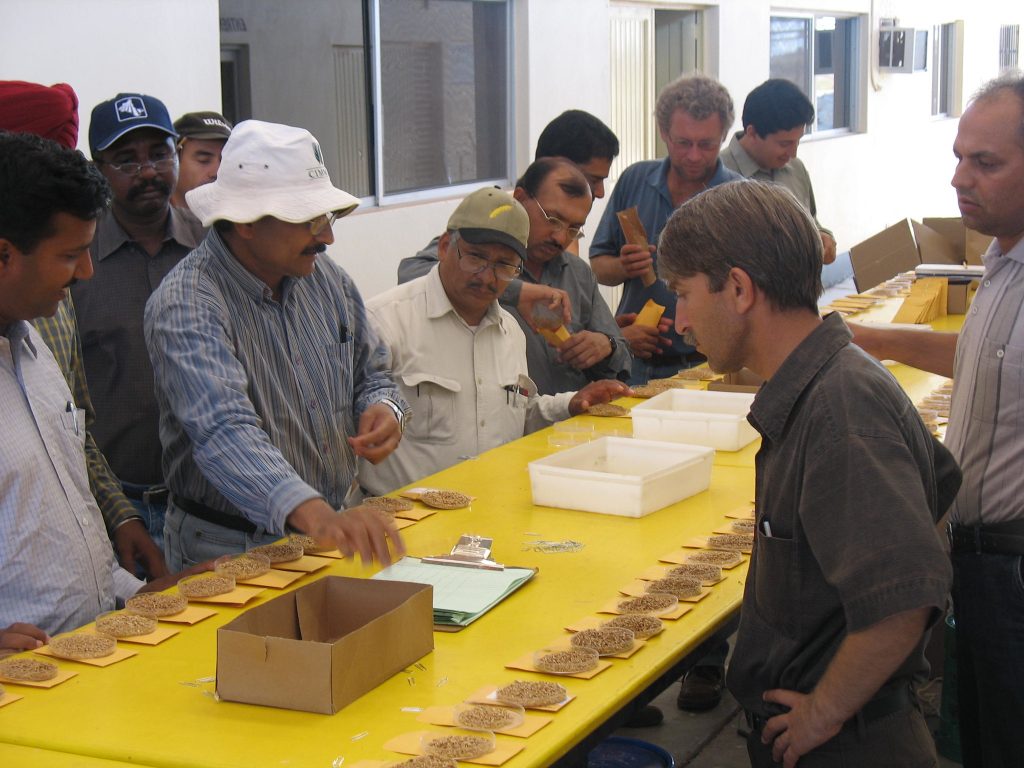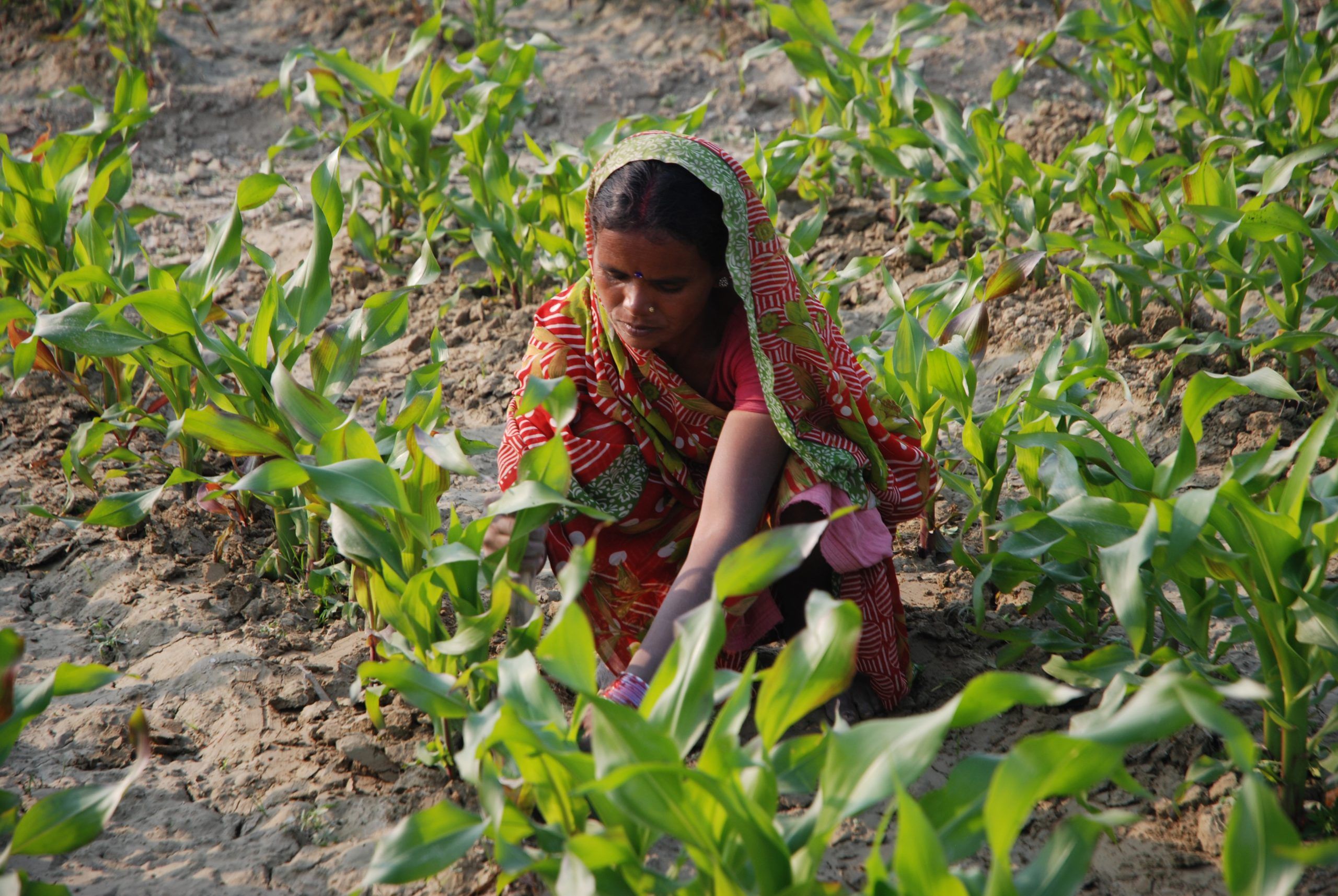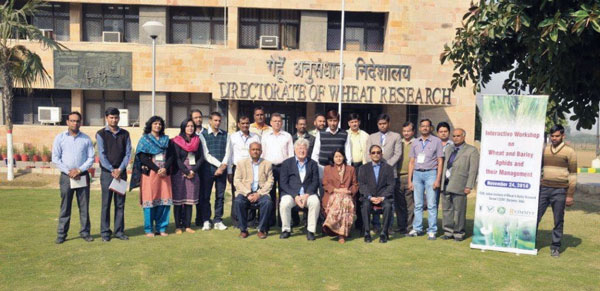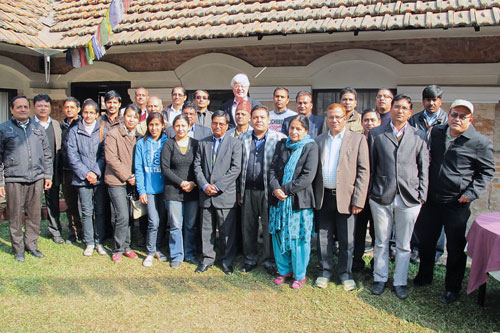Ethiopian researchers travel to India to strengthen knowledge regarding increasing wheat productivity
The irrigated lowlands of Afar and Oromia in Ethiopia are vital areas for the cultivation of wheat and increasing their productivity is crucial to attaining food security in the light of extended drought and other climate shocks.
Adaptation, Demonstration, and Piloting of Wheat Technologies for Irrigated Lowlands of Ethiopia (ADAPT-Wheat) is a three-year project funded by Germany’s Federal Ministry for Economic Cooperation and Development with the objective of identifying, verifying, and adopting wheat technologies that increase wheat production and productivity in Afar and Oromia.
As part of ADAPT-Wheat’s capacity building mission, four Ethiopian wheat researchers from different disciplines visited the Indian Central Soil Salinity Research Institute (CSSRI), the Indian Institute of Wheat and Barely Research (IIWBR), Land force (Dasmesh Mechanical Works), the Borlaug Institute for South Asia (BISA), and National Agro Industries from 13 -22 March 2024.
At CSSRI, the researchers learned how to reclaim salt-affected soils through the use of salt tolerant crops, improve management of water usage, and employ cover crops in salt-affected soils to reduce soil temperature and evapotranspiration. They also visited a sodic and saline microplot facility used to screen genotypes under the desired salinity and sodicity stresses. The researchers witnessed ongoing activities such as agrochemical/ biological/hydraulic technologies to reclaim salt-affected soils, the use of poor-quality irrigation water for crop production and the adoption of ameliorative technologies for salinity management.
The Ethiopian researchers also attended an international conference organized by the Indian Society of Soil Salinity and Water Quality, “Rejuvenating salt affected soil ecologies for land degradation neutrality under changing climate.”
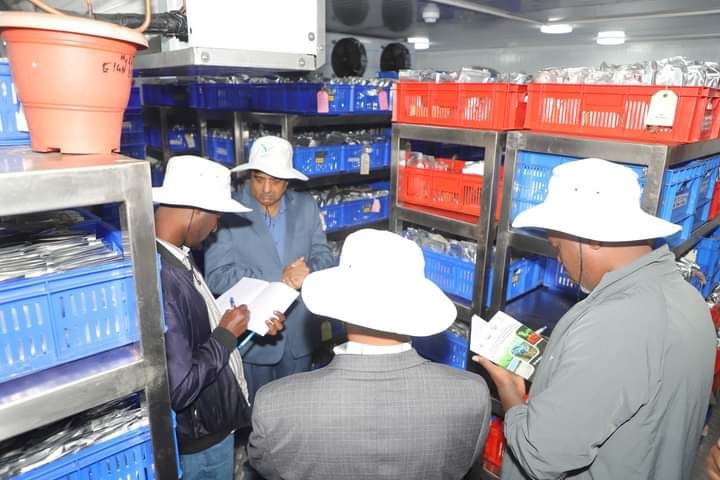
They learned about breeding methods, and advances in yield enhancement, disease resistance, sustainable agricultural practices, innovative farming methods, genetic stocks developed for grain protein, iron, and zinc enhanced wheat varieties, phytic acid levels, gluten strength, and grain texture.
At Dasmesh Mechanical Works, they learned the operation and maintenance of equipment ADAPT-Wheat has purchased from Dasmesh, including machines for plowing, land leveling, planting, and threshing.
The visit to BISA included an introduction to Conservation Agriculture methods, such as fertilizer use efficiency and crop residue management, which will ultimately help improve productivity back in Ethiopia. They also viewed an ongoing experiment on Precision–Conservation Agriculture Based Maize-Wheat Systems.
Finally, the researchers visited the CIMMYT-India office and met with Mahesh Kumar Gathala, systems agronomist and lead scientist.
“We are proud to host our Ethiopian colleagues. Collaborating with them allowed us to learn as much from them as they hopefully learned from us during their visit,” said Gathala.
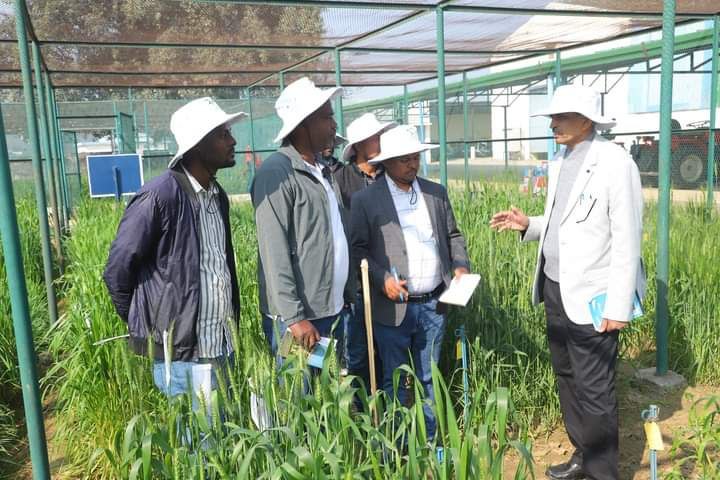
For Daniel Muleta (irrigated wheat project coordinator), Shimelis Alemayehu (agronomist), Hailu Mengistu (wheat breeder) and Lema Mamo (soil scientist) all from Ethiopian Institute of Agricultural Research (EIAR), the visit to India was beyond their imagination and gave them the opportunity to participate in salinity workshop, visited different institutions and gained experience. Shimelis said “even though the workshop was for experience sharing the travel made was beyond that”.
The team acknowledged CIMMYT-Ethiopia and CIMMYT India offices and EIAR management.
